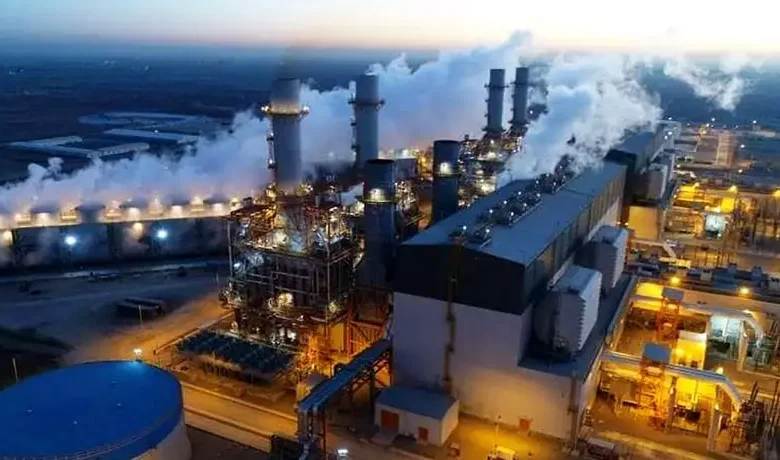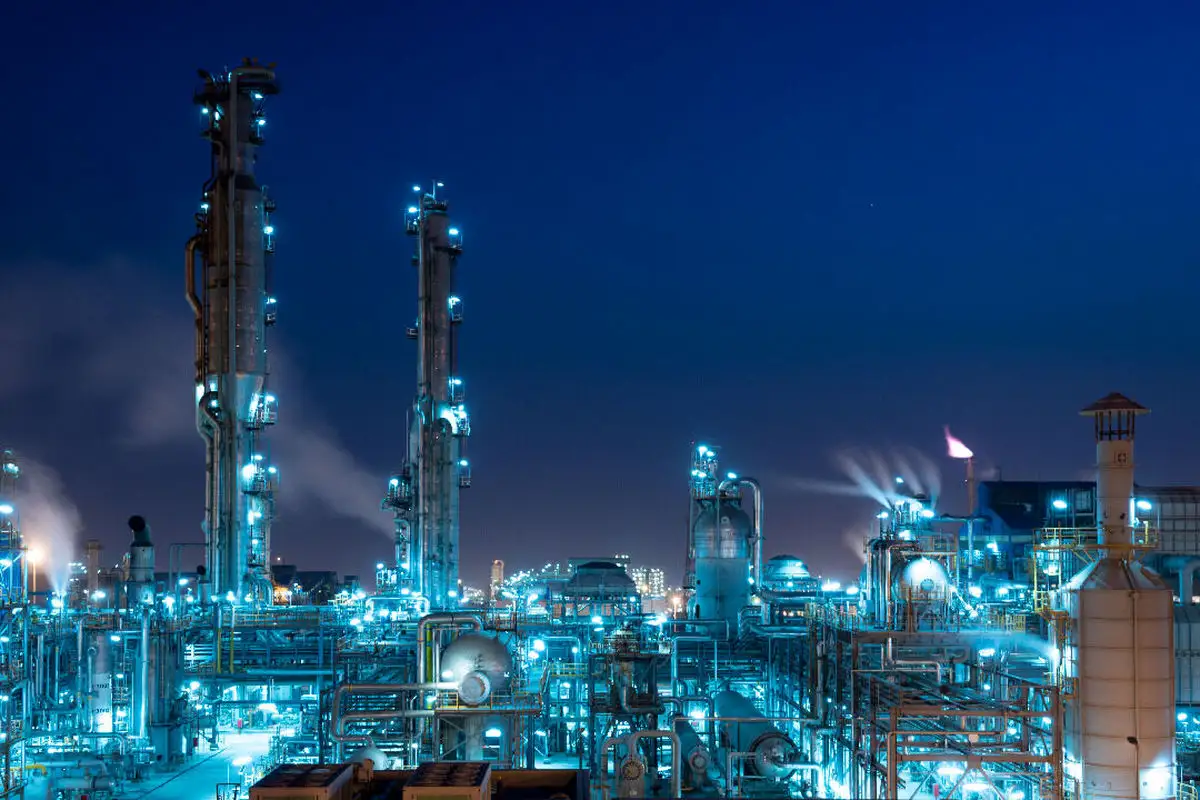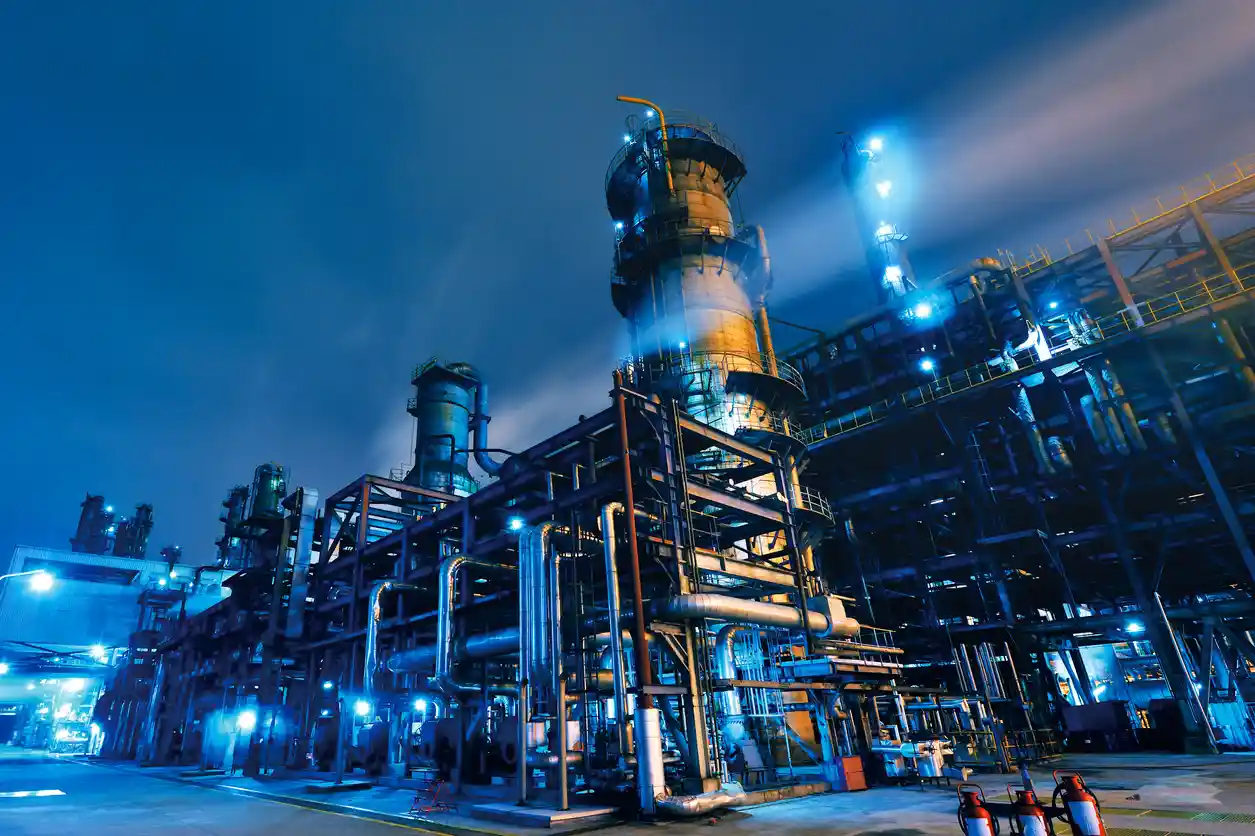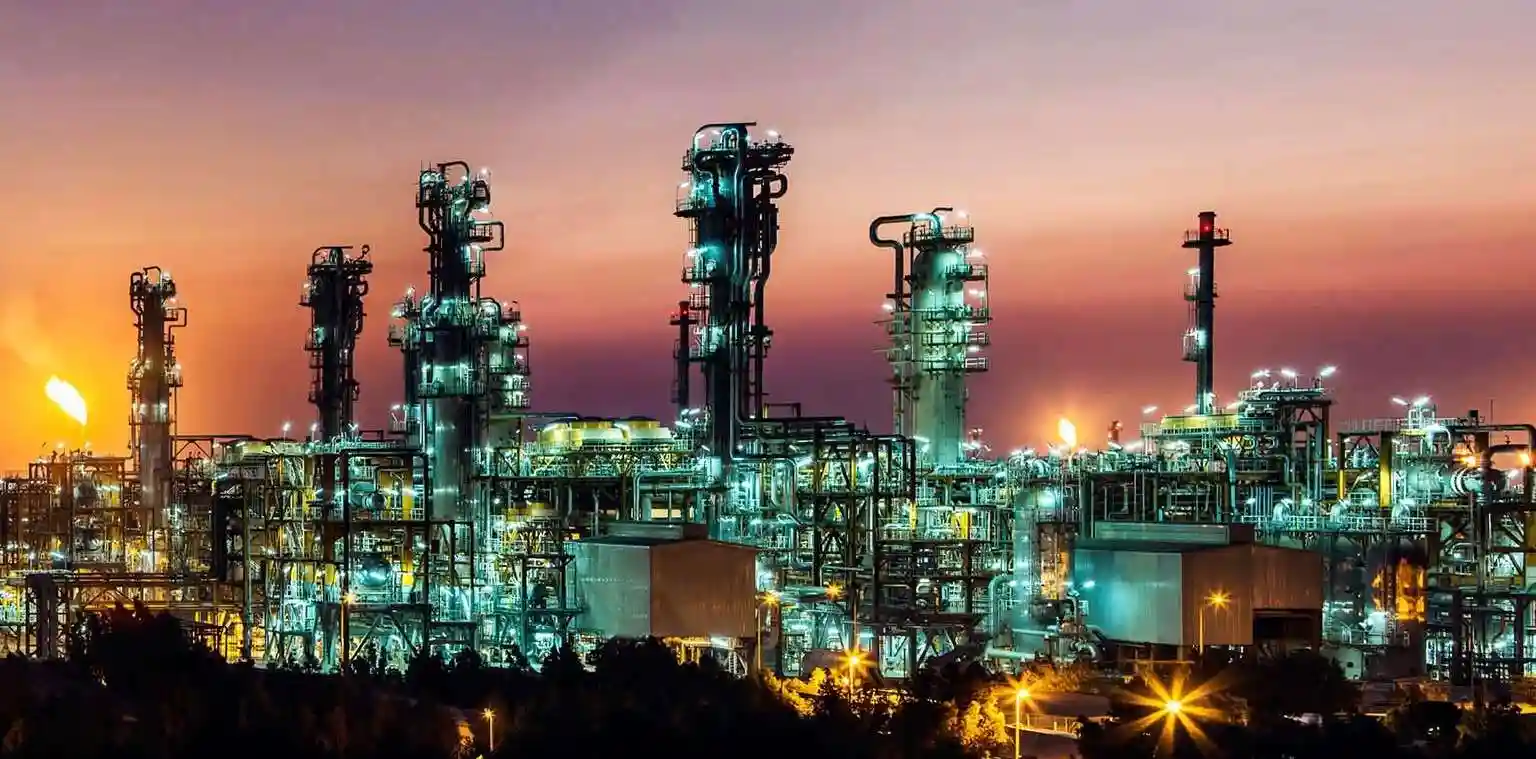The fire of the increase in the feed rate of petrochemicals is fueling the pension funds – Tejaratnews

According to Tejarat News, last week the letter of increase in petrochemical feed rate was published in the media. Petrochemical experts and managers had a strong reaction to this issue. Because with the increase of feed received, petrochemical companies will face a big jump in their production costs and their profitability will be severely threatened.
The increase in the feed rate of petrochemicals brought the matter to the point where the managing director of Fanavaran Petrochemicals threatened that if the feed rate is not corrected and Fanavaran becomes unprofitable, the company will definitely be closed.
Another important point of petrochemicals is the story of the government’s intervention and imposing pricing. Because, at first glance, there may be competition for products in the commodity exchange, but the shadow of the order rate of 28,500 Tomans is felt over the transactions.
To investigate the impact of the feed rate increase on petrochemicals, Tejarat News has conducted an interview with Mehdi Satishani, the senior analyst of the capital market, which you will read below.
The price of feed does not follow the formula of the Ministry of Oil
It is said that with the increase in the feed rate of petrochemicals, the profitability of petrochemical companies will be severely threatened and somehow the competitive advantage in this industry will be lost. Do you think this statement is correct?
Petrochemical pricing has always been a hot topic in the capital market. The formula for calculating the rate of petrochemicals used to identify some reasonable figures until Europe was faced with the gas crisis. But with the beginning of the European gas crisis, the price of gas in European hubs increased sharply and the output of this formula recorded high figures. However, in my opinion, this formula never had a competitive advantage.
In general, why did this increase in the price of petrochemical feedstock take place?
The issue that has caused the escalation of pricing policy is note 14 of the budget bill. Because one of the targeted sources of subsidies is feed for petrochemicals and the government has put its hands on it. In the last few months, the output of the current flawed formula has been around 10-14 cents, which the government has set a rate of around 18-19 cents with 40 thousand tomans dollars by providing targeted sources of subsidies.
Is the current feed rate reasonable?
It is interesting to know that currently, Canada, which is one of the gas producing countries, has a rate of 6.5 cents, Henry Hub in America is 8 cents, in the countries of the region that do not have a gas market, such as Qatar, the rate is unofficially 5 to 9 cents, and even in Russia, domestic prices are up to The upper one is cheaper. But in Europe, the problem is different. Because European countries are considered gas importers and buy Russian gas at high prices.
The formula announced by the Ministry of Oil for calculating the feed rate is determined from the sum of half (the average price of gas in global hubs) plus half (the weighted average of domestic, export and import prices). Considering that currently the average price of gas in global hubs is about 25 cents and the weighted average price of domestic, export and import is about 3 cents. By calculating this formula, the gas rate is 14 to 15 cents. What do you think are the problems with the current formula?
The current formula used to show 10 cents in the last two weeks when gas prices in Europe did not rise, but now this number has reached 15 cents.
But the story is a little different in relation to the feed rate of 7000 Tomans. Because even if we consider the dollar exchange rate to be 40 thousand tomans, the current feed rate is calculated to be around 18 cents.
The important thing to note about this high number is that we are a gas producer and the formula for calculating the internal gas feed must be calculated with producing hubs such as Canada, America and Qatar.

The profits of urea and methanol industries are threatened
What industries are most affected by this price increase?
Considering that most companies have about three months of gas outages, the rate of 7000 Tomans will not only destroy the competitive advantage, but also disrupt the current production due to the increase in costs. The situation is worse in relation to methanol companies, especially newly established companies that have higher depreciation costs. If the current trend continues and the dollar stabilizes at 40,000 tomans, most of the methanol companies will break even or lose money, and the production stoppage in some units is not far from expected.
The increase in the price of gas feed will increase the cost price of two industries, urea and methanol, whose main feed is gas, and their profitability will be severely threatened.
What is the effect of increasing the feed rate in the urea industry?
This feed price will affect the urea industry to a great extent and will greatly reduce the company’s real profit in the future. Also, considering that they sell part of their products to the government and do not receive money, their cash flow will be negative. If this trend continues, it is even possible to stop the production of urea producers.
In this case, urea producers must reduce their production or resort to bank loans to reduce costs.
Increase in energy costs of steelmakers
Do other industries also suffer from this government action?
The production of other industries is also dependent on this rate. Although the steel fuel rate is set in rial, it is determined by a series of calculations depending on the feed rate. For example, the fuel rate of steel in the reclamation sector has been identified as about 10 cents, which will affect steel production.
It is interesting to know that the gas consumption rate of steel was set at 2,000 Tomans last year, but in the new year, it faced a 100% jump. Gas price of 2000 tomans for large industries reached 4000 tomans and 500 tomans for small industries reached 1000 tomans. Of course, the price of gas in a part of the steel industry reached 3000 Tomans, and only the price of gas in the regeneration or sponge iron sector was set at 4000 Tomans. Of course, it should be noted that a large part of steel gas is consumed in this sector.
The government’s insistence on increasing industrial feed rates
Is 7,000 Tomans the “ceiling” of the government for the feed rate or is there a fixed number for the feed?
First of all, the word “ceiling” was not mentioned and apparently they considered a fixed number. In order to compensate for the budget deficit, the formula was abandoned and two fixed rates of 7000 Tomans for feed and 4000 Tomans for gas were announced, which is currently not in harmony with the formula and the output of the formula is much less than 7000 Tomans. .
Do you think the current formula will change?
In the previous years, the stock exchange organization and petrochemical companies all tried to change this rate, but because it was detrimental to the government, it was not implemented and the government did not bear the burden of changing the formula.
But now the situation is a little different and because the output of the formula is less than the fixed feed rate, the government has abandoned the formula. Of course, it should be said that the government had imposed the rial ceiling last year. But finally, it is also noteworthy that it was always possible to change the formula, but it never happened.

What should be the dollar rate of petrochemicals?
What is the dollar exchange rate for feed and final product?
At first, petrochemical feed was supposed to be calculated at the rate of 28,500 Tomans, and finally, if their product was needed domestically, they were required to sell their products in the commodity exchange at the same dollar rate. If their sale is for export, they should have exchanged their dollars in the NIMA system at a rate of around 38,000 Tomans.
But it didn’t go that way and petrochemical companies currently receive their feed at a rate of 50,000 Tomans and sell their products at much lower prices.
Petrochemicals mainly sell or export their products on the commodity exchange. Otherwise, they sell their products between companies, in which case the product of one company is the feed of another company.
closure of industries; The consequence of fuel price increase
What are the short-term and long-term consequences of petrochemical feed prices?
The government should not leave this path half-finished, because in this case we will face crises such as the shutdown of methanol producers. So that probably, for example, Kaveh Petrochemical will be closed with 1,500 employees.
The current rate is unreasonable and uneconomical, and the feed rate should be stabilized much lower than the current rate so that petrochemicals do not suffer and investment is possible. In the long run, by applying some rates, the companies may not lose and break even, but with this situation, the infrastructure will be depreciated, and investment in this industry will not be made, and production will eventually stop. In the short term, however, the government may be forced to adjust the rate by closing some factories.
Which companies will lose the most from the increase in feed rates?
Zagros Petrochemical and Fanavaran are two methanol producing companies that will see severe negative effects due to dependence on gas feed. In a lower degree, Khark will be less affected due to the production of various products compared to the two mentioned petrochemicals.
In urea generators, the story is a little different. So that Shepdis, Kermasha, Khorasan and Shiraz will face a serious problem of liquidity supply. Because 30-35% of the sales of these companies is agricultural urea, and they do not receive money from its sale or they receive little money for it. Naturally, if a company does not earn from the sale of 30% of its products, it will face a serious liquidity problem.
What is the solution of urea manufacturers to compensate for the increase in cost?
Urea manufacturing companies take two ways to compensate for this issue. The first way is not to pay the gas fee to the government and the second way is to obtain bank facilities, which will increase liquidity and inflation.
What is the situation of petrochemicals that do not consume methane feed?
In general, we have three types of feed: methane, ethane and condensate, which are used by methanol generators and urea generators. The feed rates of petrochemicals that consume condensate are obtained with a small discount from world prices, and their current risk, like refineries, is the removal of the government discount. In general, this formula is not very clear because it is calculated based on the condensate export rate and we do not have access to it.
The ethane feed formula is not as productive for the industry, but it still holds up. In these petrochemicals, the discussion of utility price and other costs is the most important risk.
In general, companies that consume methane bear the greatest risk. Because methane is used both in terms of feed and fuel.
Which companies have a better situation?
Companies whose feed is not natural gas and whose feed formula is different are in a better situation. In the next step, we can mention methanol producers in Khark and urea producers in Khorasan due to the production of melamine crystals, which are less affected by this issue.

The relative immunity of refineries from increasing the feed rate
Will the profit of the stock refineries increase with the increase in the feed rate?
In the stock market, there are oil refineries that do not produce gas feed, and increasing the feed rate will not have a significant impact on their profitability. But with this increase in gas prices, the cost of fuel consumed by refineries, which has increased to 4,000 Tomans, also increases. But because the amount of cost is small compared to their cost price, it does not have a big impact on their profitability.
In general, refineries have a better situation than petrochemicals due to the exchange rate of 28,500 Tomans and the potential to increase this rate. Of course, the government may remove the 5% discount in the future, and this is the biggest risk for refiners in the current situation.
Increase the feed rate to fill the gap in government spending!
What is the root of the increase in feed prices?
In general, it can be said that the root of the increase in petrochemical feed rates is the budget deficit. The other two ways that the government can implement to provide the resources of note 14 (targeting of subsidies) is to increase the dollar rate by 28,500 tomans or to raise the price of gasoline, diesel and electricity, which is not possible for the government due to its consequences and on the rate The feed is left out.
Will increasing the feed rate solve the budget deficit problem?
Finally, the main issue for the market is the budget deficit. The government does everything to cover the budget deficit and does not consider the long-term effects. Although the increase in the feed rate will still not be profitable for the government; Because on the other side of this issue, it has limited the resources of the pension funds (major shareholder of petrochemicals) and again, it has to use the budget to provide the resources of the pension funds, and practically the deficit will not be compensated.
In fact, the government did not manage even one, two, two, or four simple ones, and it shows that the pressure of the government’s budget deficit has greatly increased, and the government is using any and the shortest way to compensate for it. Industries that have rial profit in their hearts are taking a big risk for the future. In some industries, the government raises government salaries unreasonably; Now, in some cases, this increase has been approved, but it is not clear how it will be implemented. The important thing is that the government has reached a stage where it can orderly increase the price with a directive that it knows is unreasonable.
Is the government to close the petrochemicals with this number of manpower to compensate for the budget deficit? Ton Gives?
In my opinion, the government has not calculated this issue and if it goes to that point, it will withdraw from its position. Currently, the government is planning to remove profits from companies as much as possible and add them to its budget, and this will be considered the biggest risk for profit-making industries, which are also the cause of economic growth. The government has not calculated the consequences of this case and does not know that the companies will be closed. In case of this situation and adjustment of manpower, the government will withdraw.
The possibility of information rent about the feed rate is high
It should be noted that the feed price increase letter was announced on the 17th of May and the stock market fell on the same day. Following this issue, the media reported about government rent and it was raised that those who were aware of this issue, emptied their stocks at the ceiling of the index and made this fall. Do you too? Do you think the reason for the recent fall of the stock market is information rent?
Yes; Selling shares in one place and exactly at the same time has increased the probability of this issue. According to the information we have, it can be assumed that because high volumes were suddenly sold at that time, some people were aware of this issue. But this issue is part of the market and its violation should be investigated.

